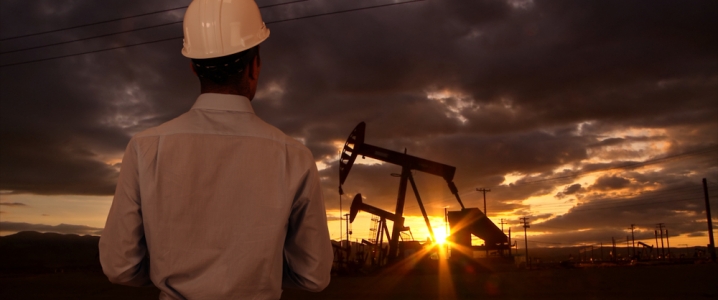Booming crude oil and natural gas production in the Permian Basin and not enough pipeline takeaway capacity have widened the discounts at which oil and natural gas pumped in the most prolific U.S. shale basin are trading relative to the U.S. benchmarks.
Midstream operators have planned and continue to announce plans for more oil and natural gas pipeline projects in the area to ship oil and gas from the Permian to the Gulf Coast. But many of those pipelines will not come on stream before late in 2019 and 2020.
Analysts believe that the WTI Midland discount and the Waha natural gas discount to Henry Hub prices will become worse before they become better, at some point in 2020. The Midland discount has been above $10 a barrel to Houston WTI and Cushing WTI for a couple of months and is expected to further widen in the coming months, at least until some of the planned new oil pipelines out of the Permian become operational.
According to Value Digger, the Midland WTI discount to Houston WTI will stay at or above $10 a barrel through the end of 2019.
Oil production in the Permian stood at 3.277 million bpd in June and is expected to rise by 73,000 bpd in July to reach 3.350 million bpd, the EIA estimates.
On the other side of the equation—takeaway capacity—as of Q1 2018, pipeline capacity available for Permian producers to transport oil out of the basin stood at 2.8 million bpd, according to Drillinginfo. The data provider sees the discount of Permian oil to oil at the Gulf Coast “possibly soon headed” for $20 a barrel. Related: Norway Oil Strike Set To Worsen
There are a few major projects planned, and if all of those are successfully funded and accomplished, total transportation capacity is expected to jump to 5.8 million bpd by the end of 2020, balancing the supply/takeaway equation, Drillinginfo reckons.
Major projects include the EPIC Crude Oil Pipeline from Orla, Texas, to the Port of Corpus Christi, which is expected to be in service in the second half of 2019 and to have a capacity up to 590,000 bpd.
The Gray Oak Pipeline by Phillips 66 Partners will provide crude oil transportation from West Texas to destinations in the Corpus Christi and Sweeny/Freeport markets. It is planned to transport up to 700,000 bpd of crude oil, but capacity could be extended to 1 million bpd, depending on interest and commitments. The pipeline is expected to be placed in service by the end of 2019.
Plains All American’s (PAA) Cactus II Pipeline, with an initial capacity of 585,000 bpd extending from the Permian to the Corpus Christi/Ingleside area, is supposed to be operational in the third quarter of 2019. The system is expandable to around 670,000 bpd through the addition of incremental pumping capacity.
PAA and Magellan Midstream Partners’ BridgeTex pipeline expansion of 40,000 bpd is expected to be operational in early 2019. The pipeline was recently expanded from 300,000 bpd to 400,000 bpd capacity to deliver Permian crude oil from Midland and Colorado City, Texas, to the Houston Gulf Coast area.
PAA and ExxonMobil signed last month a letter of intent to pursue the creation of a joint venture for building a pipeline to transport crude oil and condensate from multiple locations in the Permian to the Gulf Coast.
Then there is Permian Express 3 of Energy Transfer Partners, for up to 50,000 bpd. The volume is smaller for this pipeline expansion than the other major projects, but this one is planned to come online as early as this year—in Q4.
Related: Oil Prices Crash As Libya Resumes Production
Natural gas production in the Permian is also growing, and new pipelines are also planned. But like with the oil pipelines, capacity is not expected to expand significantly before the end of 2019, when most of the projects under consideration and construction will enter into service.
ADVERTISEMENT
Prices for gas for delivery at the Waha hub in West Texas plunged in April 2018 to $1.40/MMBtu below the Henry Hub benchmark, while the average discount this year has been $0.90/MMbtu, according to Value Digger, who expects the discount to stay at or above $0.90/MMbtu for the rest of this year, and possibly above $1/MMbtu for an extended period of time in 2019.
According to analysts, the expected wide discounts of Permian crude oil and natural gas prices to the U.S. benchmarks will likely continue to weigh on the stocks of Permian-focused producers, especially on those without firm takeaway capacity commitments.
By Tsvetana Paraskova for Oilprice.com
More Top Reads From Oilprice.com:
- Oil Prices Crash As Libya Resumes Production
- Oil’s Perfect Storm Lays At Trump’s Feet
- The Downside Risk For Oil


















